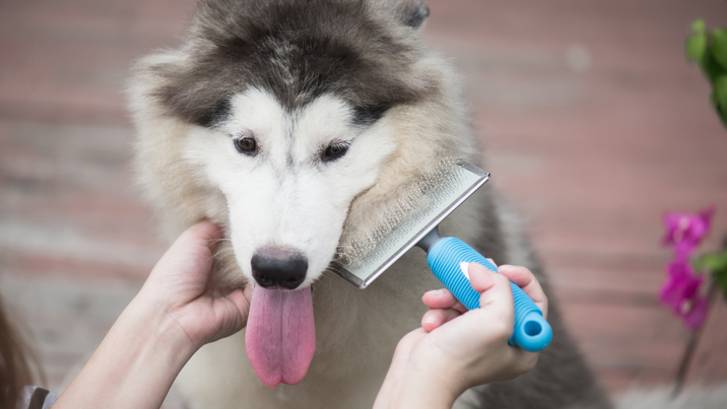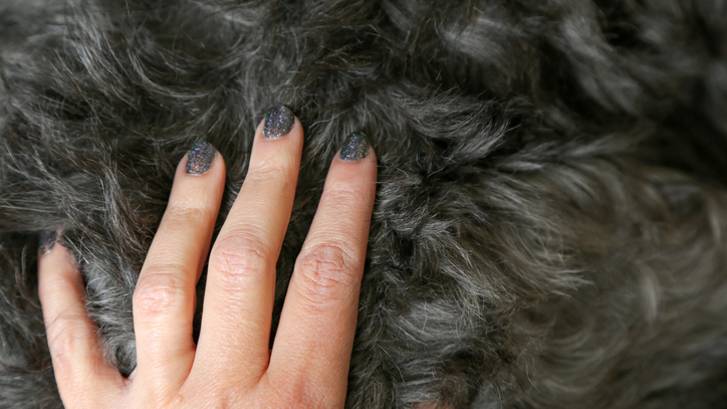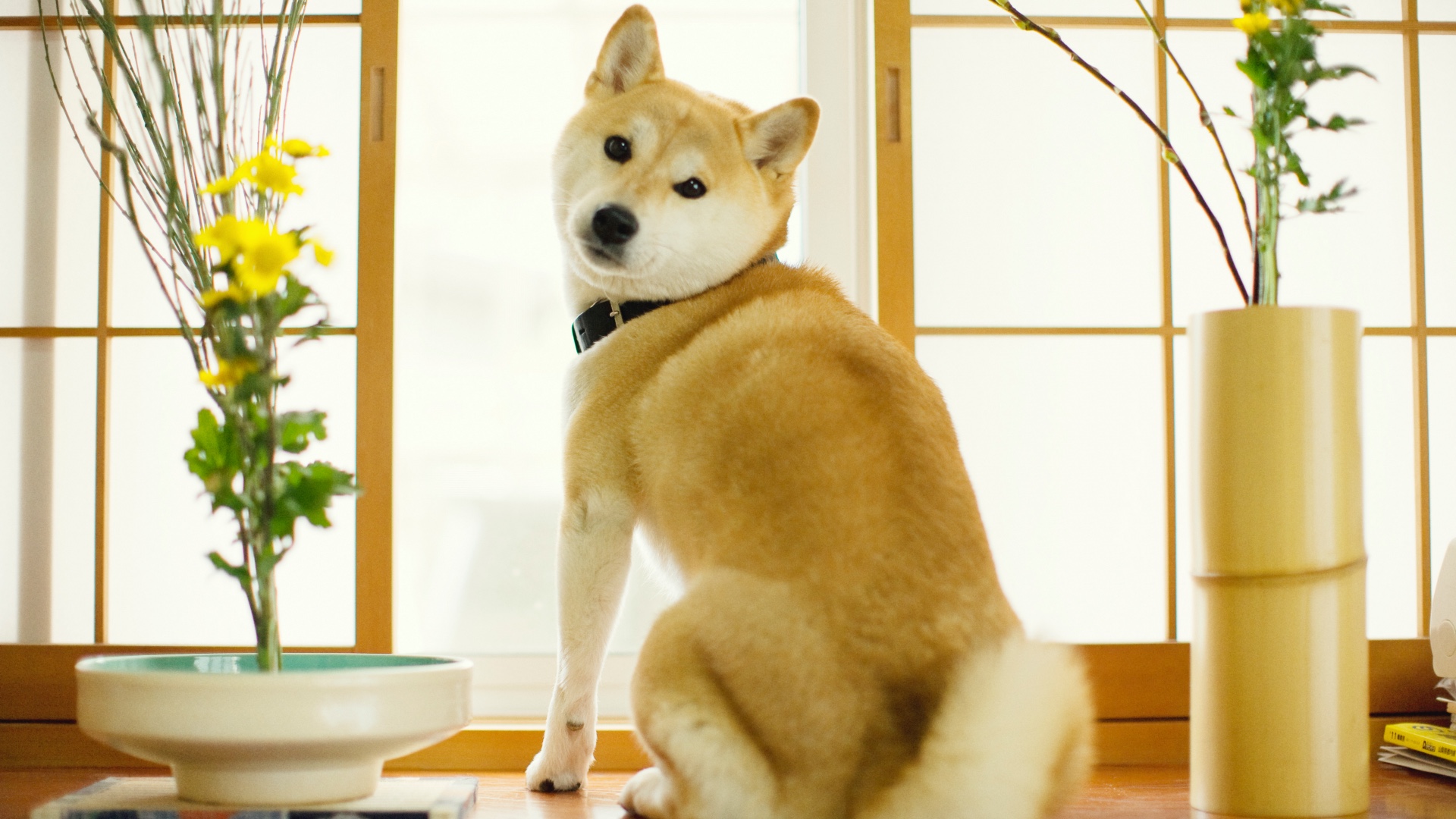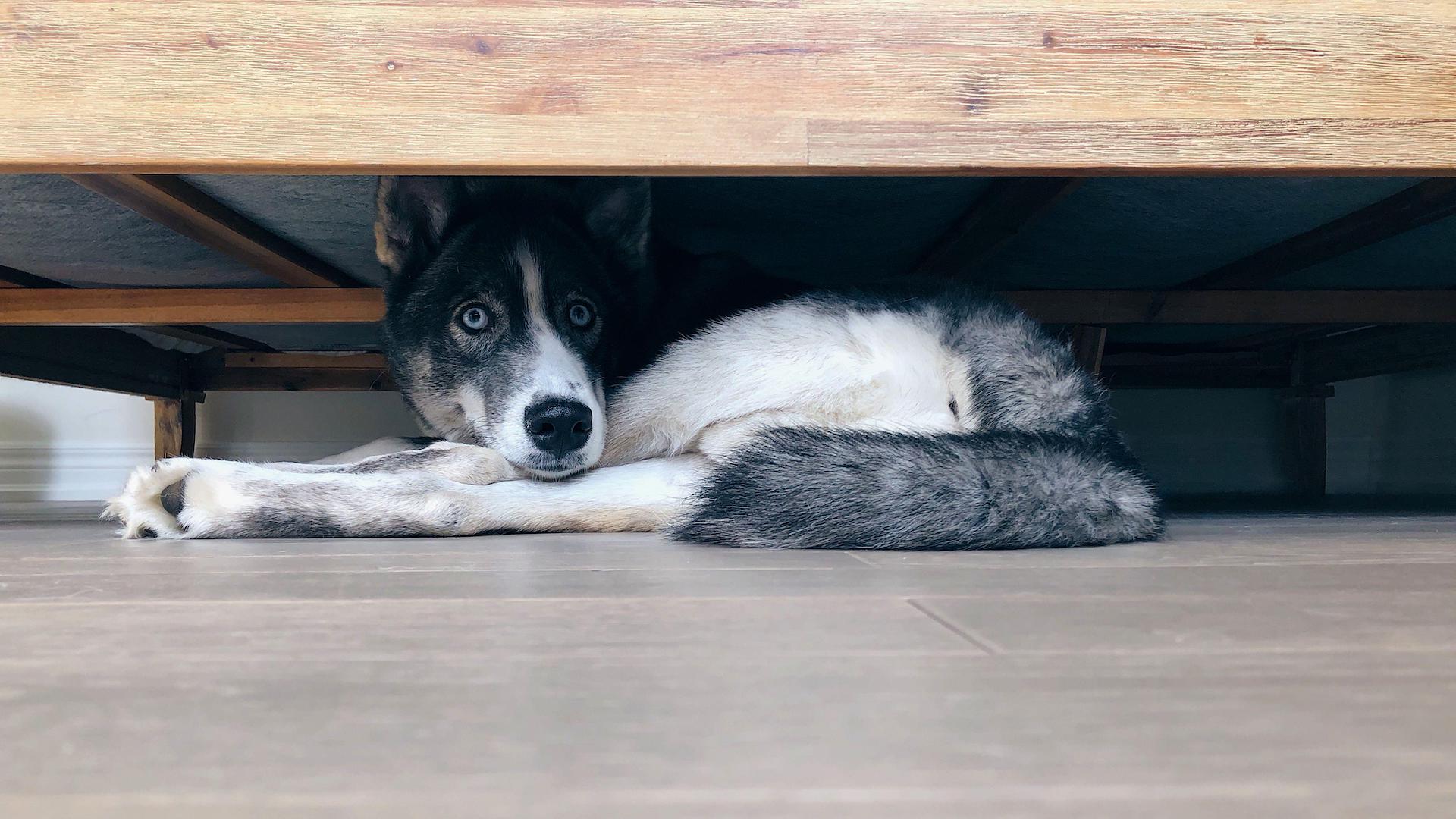How to groom and care for double-coated dogs
Here’s everything you need to know about how to groom and care for double-coated dog breeds

If you are about to take home a beautifully fluffy double-coated dog, or you’re considering it, you might be wondering how to groom and care for dogs with this type of coat. You might also be wondering whether you’ve got the time to spend keeping their impressive coat in tip-top shape or exactly what type of dog brush you should use for the job.
So, what does it mean when a dog has a double coat? How do you know if your dog is single or double-coated? And what do you need to know about caring for your extra-furry family member?
What is a double-coated dog?
A dog with a double coat has two layers of fur. The first layer, closest to the skin, is the undercoat. The undercoat is a dense layer of short, soft fur that grows very quickly and keeps your dog warm in cold weather and cool in warm weather. The second layer is the topcoat, and by comparison, it is longer and slower growing than the undercoat. Its purpose is to protect the undercoat and the underlying skin from dirt, debris, and wetness.
How to tell if a dog has a double coat
If you own a dog already, you might be wondering how to tell whether your dog is single or double-coated? Well, before you start researching their breed, there is an easy way to find out. Start by using your hand to stroke backward against the direction of their fur.
When you do this, if they have a single coat, you'll see patches of their skin, and all of their hair will be the same length. If they have a double coat, you won't see their skin so easily, and instead, you'll see a dense layer of shorter, fluffier fur. You'll also find that the hair lies flatter on single-coated dogs than on those who are double-coated.

When do double-coated dogs shed?
Double-coated dogs will tend to shed twice a year. They will lose their winter coat as the weather is warming up in the spring, and they will lose their summer coat while the weather is cooling in autumn (fall).
Shedding typically lasts between two and four weeks each time. During shedding, you'll notice their undercoat coming away, and they must be brushed regularly to remove the fur they have released. If they are not regularly brushed, they will develop mats and tight knots, which can be painful.
Which dog breeds are double-coated?
Here are some examples of double-coated dog breeds:
- Akita
- Australian Shepherd
- Border Collie
- Cavalier King Charles Spaniel
- Chow Chow
- Corgi
- German Shepherd
- German Spitz
- Golden Retriever
- Japanese Spitz
- Labrador Retriever
- Leonberger
- Newfoundland
- Old English Sheepdog
- Pomeranian
- Pyrenean Mountain Dog
- St Bernard
- Samoyed
- Shetland Sheepdog
- Shiba Inu
- Siberian Husky

Should double-coated dogs be groomed?
Most dogs require at least some grooming here and there, but it's essential to groom double-coated dogs. Double-coated dogs have such thick fur that daily or every other day brushing is essential, especially while they are shedding.
How to groom a double-coated dog
Although home care is important, you can’t do it all yourself! It’s recommended to take your pampered pooch to a qualified groomer every 6-8 weeks for a shampoo, undercoat strip, and clip. However, here’s what you can be doing at home to keep your fluffy friend’s coat healthy and tangle-free:
- You should brush your dog at least every other day to prevent mats from developing. During shedding, aim for daily brushing with one of the best dog brushes if you can.
- Use an undercoat-removing rake as part of your brushing routine. This will get rid of the dead undercoat hairs that are trapped in the coat.
- Use a comb to remove loose or dead hairs from the topcoat.
- Locate any tangled areas where mats are forming and use a wide-tooth comb to loosen the edges gently. Start with the portion of the mat that is furthest from the skin and work gradually closer to the skin. Be patient and give your dog a break regularly if they seem distressed. After all, tight mats can be pretty painful.
- If you can’t loosen and brush out a matt, you should contact your groomer.
- Never use scissors to try to trim out a matt. It's very easy to cut the skin accidentally.
- Once your canine companion is sleek and mat-free, use a bristled brush to distribute the natural oils throughout the coat.
Should you shave a double-coated dog?
It's vital to avoid shaving your double-coated dog if you possibly can. The double-coat is crucial for helping your dog cope in both warm and cold temperatures and also helps regulate their metabolism and protects them from UV rays from the sun. Occasionally, shaving your dog's coat is unavoidable, for example, if their coat is severely matted.
How to care for double-coated dogs in hot weather
Although the undercoat helps to keep your dog cool in warmer weather, double-coated dogs can still be prone to overheating in extreme temperatures. So, if it’s warm, it’s sensible to provide plenty of water and shade and change the timings of walks to be early in the morning or late at night.
How to care for double-coated dogs in colder weather
A double coat will help keep dogs warm when it’s freezing outside. However, that’s not to say that double-coated dogs can’t suffer from hypothermia or frostbite if the temperature drops really low. It’s best to ensure your dog has shelter from the elements, whether that’s an outbuilding or a cosy bed inside by the fire!
If you're taking your dog out in cold temperatures, you might want to consider whether or not your dog needs a coat.
Conclusion
A dog's double coat is remarkable – it keeps them cool in the summer and warm in the winter, as well as protecting your pooch from the elements. For the two layers of fur to do their job, they should be maintained with regular grooming. It can be a lot of work, but it's worth it to keep your furry friend's haircoat free from mats and tangles.
PetsRadar Newsletter
Get the best advice, tips and top tech for your beloved Pets
Dr Hannah Godfrey is a small animal vet who graduated from the Royal Veterinary College in 2011 and began work straight away at a busy mixed practice. Initially, she treated all species, but focussed on small animals from 2014. She has a passion for soft tissue surgery, ultrasound, and canine and feline dentistry, having completed additional training in these areas.

